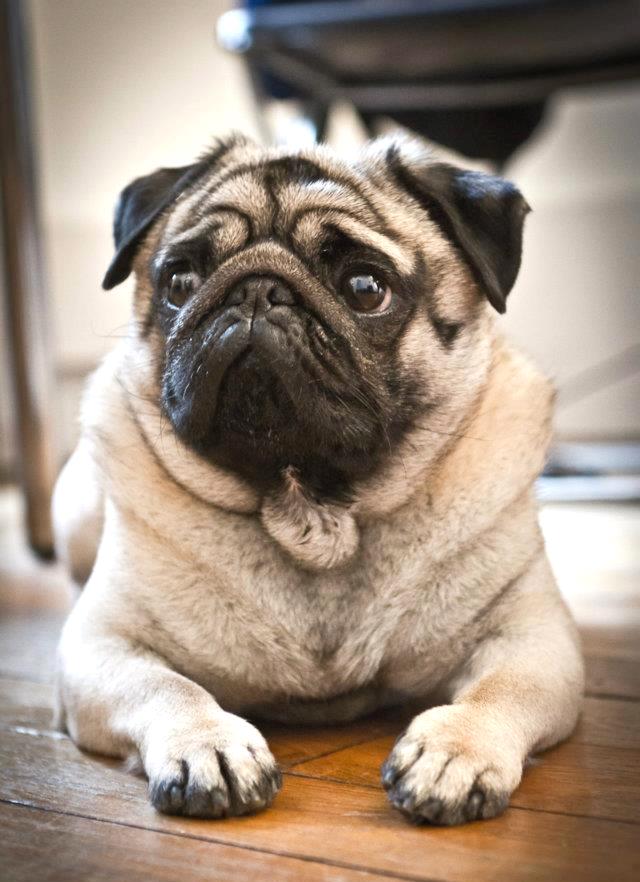5 Tips for Traveling Safely with Snub-Nosed Breeds

Introduction Pugs, English Bulldogs, Boston Terriers, Persian cats, and other snub-nosed (or brachycephalic) pets require special care regarding air travel. These breeds are more susceptible to heat stroke and breathing problems when exposed to stress or high temperatures because of their facial structure and hereditary respiratory issues, making travel riskier.
This doesn't mean short-nosed pets can't fly safely, but planning a smooth trip requires extra preparation and attention. Here's what we suggest when traveling with snub-nosed pets:
Tip #1: Use a Larger Travel Crate
- Use a larger travel crate than normally is required (allow about four to six inches of clearance on all sides) and ensure it has ventilation on all four sides.
Tip #2: Choose Pet-Friendly Airlines
- Use only pet-friendly airlines when flying, including United for domestic and KLM, Lufthansa, and British Airways for international travel.
Tip #3: Acclimate Pets to the Travel Crate
- Acclimate pets to the travel crate by working on crate training during the weeks before departure.
Tip #4: Provide Plenty of Water
- Provide plenty of water to your pet before, during, and after the flight.
Tip #5: Consult Your Vet
- Above all, make an appointment with your vet before you make solid travel plans to discuss your pet's health and any questions about travel safety.
Realistically, some pet owners decide it simply isn't worth the risk to move forward with moving a snub-nosed pet. In contrast, others end up carrying out perfectly safe moves under their vet's guidance and with professional pet shippers' help. It's important to start planning pet travel well in advance to be aware of possible roadblocks and have time to seek out alternate routes or airlines.
For real-life examples of snub-nosed pet travel, here are a few stories about snubbies we've recently helped with international relocations:
